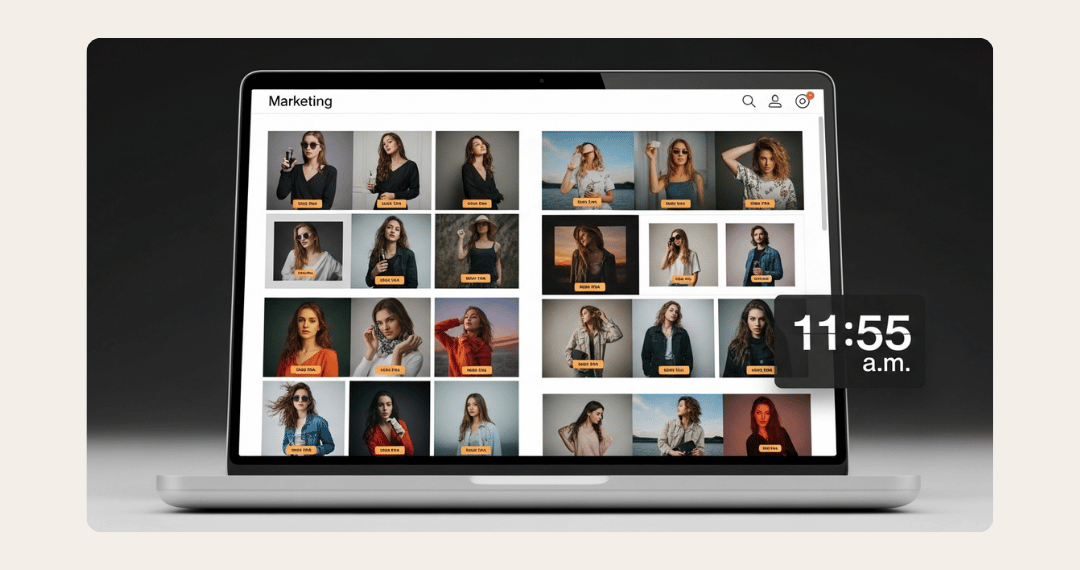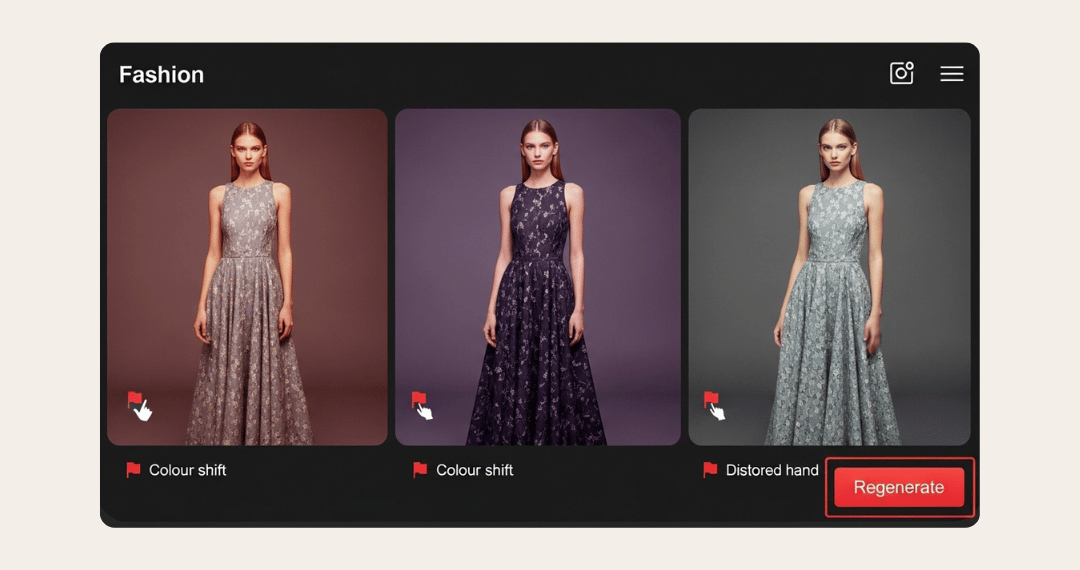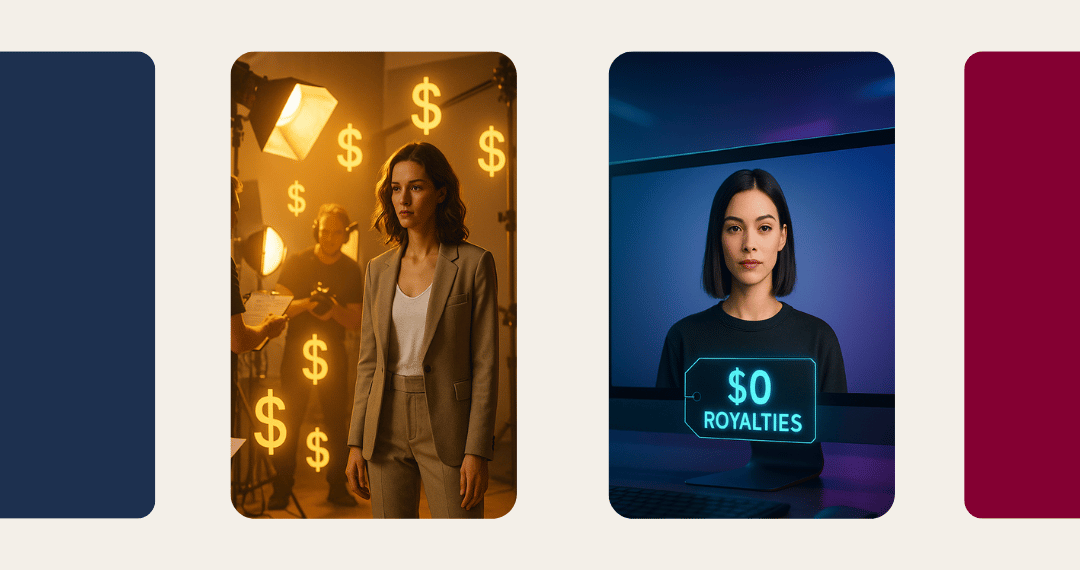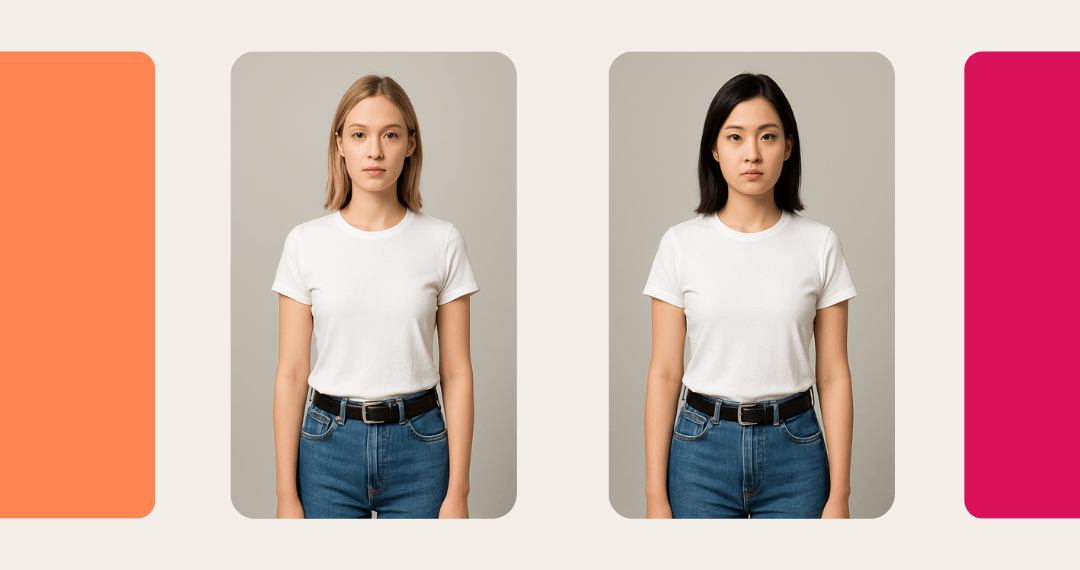Why Fashion A/B Testing Still Feels Slow
A/B testing should guide every visual decision, yet most fashion teams still crawl. Each new variant means briefing a designer, booking a retoucher, chasing approvals. By the time two banners go live, the trend that inspired them is yesterday’s news. Limited production budget forces marketers to test a couple of creative hunches instead of a broad spread, so insight is thin and often late. The result is safe creative and missed revenue.
Generative AI ends that stalemate. By turning one high-quality product shot into dozens of on-brand variants in minutes, it releases designers from repetitive tasks and lets data-not guesswork-pick winners the same day.
Generative Speed: From Weeks to Minutes
Pixit’s engine works like an always-open digital studio. Upload an anchor image, your colour palette, and a short prompt: “Create three poses against three backdrops with three CTA overlays.” Less than a latte later, you have twenty-seven pixel-perfect ads. Because the garment, lighting, and camera angle carry through, there’s no need for reshoots. And because the files export straight into the ratios that Instagram, TikTok, Meta Ads, and web heroes demand, there’s no last-mile design crunch either.
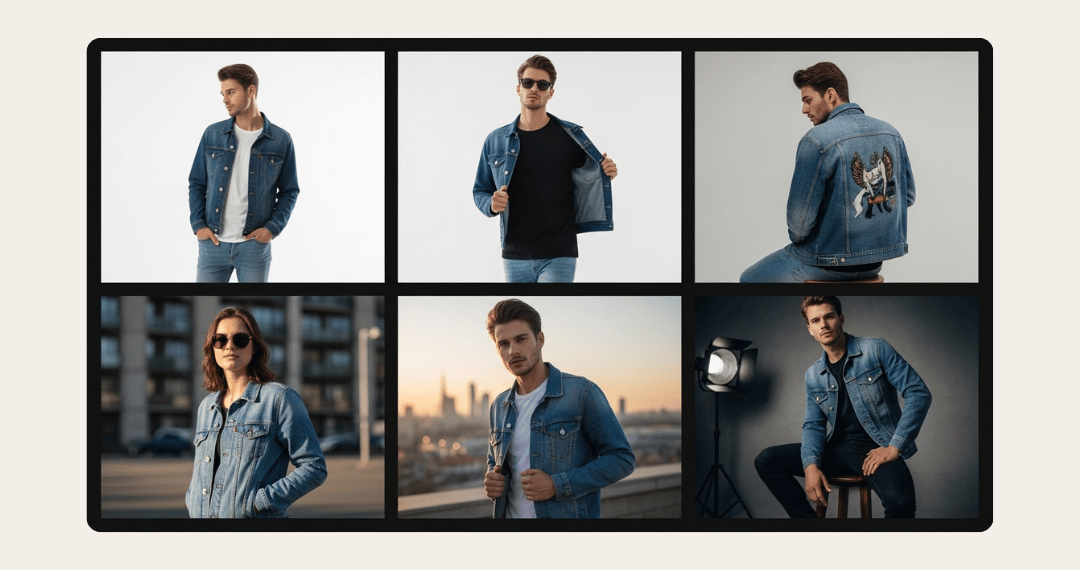
What changes when production drag evaporates?
- Testing range widens. Marketers can try edgy colour pops, bolder crops, or a surprise lifestyle scene without worrying about wasted shoot budget.
- Iteration loops tighten. Underperformers retire within hours; winners spawn new micro-variants overnight.
- Budgets stretch. Money once spent on studio rent and retouching shifts to ad spend and further experimentation.
The Three-Axis Test Matrix
Fast generation needs structure. Enter the test matrix: a table of creative axes you can mix and match.

A Practical Workflow
1. Lock brand guardrails
Upload logo safe-zones, approved hex codes, and preferred font stacks. The engine will flag any palette drift or off-brand layout before export.
2. Prompt the engine
Use natural language: “Generate three poses-front, walking, seated-against three backdrops: pastel, urban, neon. Add three CTA treatments: badge, ribbon, none.”
3. Auto-crop & format
The system outputs each file in all required dimensions-1080 × 1080 for feed, 1200 × 627 for link ads, 1920 × 800 for web heroes-minimising manual resizing.
4. Deploy with smart tags
Variants push to ad platforms or a headless CMS with autogenerated UTM strings, so analytics tools know which creative drove each click.
5. Monitor live data
Real-time dashboards surface early leaders. If the neon-background variant triples click-through in the first hour, funnel spend behind it immediately.
6. Iterate nightly
Clone the winners, tweak a single axis-say, background hue-generate a fresh batch, and relaunch before bedtime. Tomorrow’s testing begins with learnings baked in.
Teams that follow this loop reclaim whole days each month: designers focus on concept craft, marketers on strategy, and developers on performance rather than file swaps.
High-Impact Use Cases
Campaign launches
Debut a new collection with twenty-plus visual concepts on day one, then scale spend behind the data-proven champion by day three.
Homepage hero refresh
Rotate multiple hero images in parallel, letting dwell-time metrics crown the best. Update seasonal visuals in hours, not weeks.
Product-page diversity
Show the same garment on a range of virtual models-different skin tones, body shapes, and ages-to see which representation lifts add-to-cart rates.
Ad-fatigue defence
When CTR declines, generate fresh looks overnight and swap them into live ad sets before fatigue erodes ROAS.
Localized experiments
Swap backgrounds or overlay language to test region-specific resonance without commissioning separate shoots.
Safeguards for Quality
Speed is worthless if output wanders off-brand. Pixit enforces:
- Template locks – logo placement, padding, and typographic ratios never drift.
- Colour tolerance – backgrounds or overlays straying outside approved hex values trigger warnings.
- Duplicate detection – near-identical frames collapse automatically to avoid wasted impressions.
- Human review – designers approve or batch-reject variants before they leave the studio.
Continuous Experimentation Culture
AI doesn’t just shorten the road; it changes the destination. When variants cost pennies and minutes, teams push creative boundaries. A bold neon street shot might flop, but the loss is measured in moments, not budgets. Meanwhile, a surprising winner-perhaps a minimalist studio pose with no CTA - can surface quickly and reshape brand guidelines. Over months, pattern-recognition builds: pastel backgrounds resonate in France, ribbon CTAs convert in Germany, dynamic walking poses hook Gen Z globally. These insights outlive any single test, informing future prompts, human shoots, and even UI design.
Creative roles evolve accordingly. Designers become art-directors-in-the-loop, seeding imaginative prompts and curating outputs. Marketers steer the matrix and mine analytics. Everyone operates on data, not hunches, and the brand’s visual intelligence compounds each sprint.
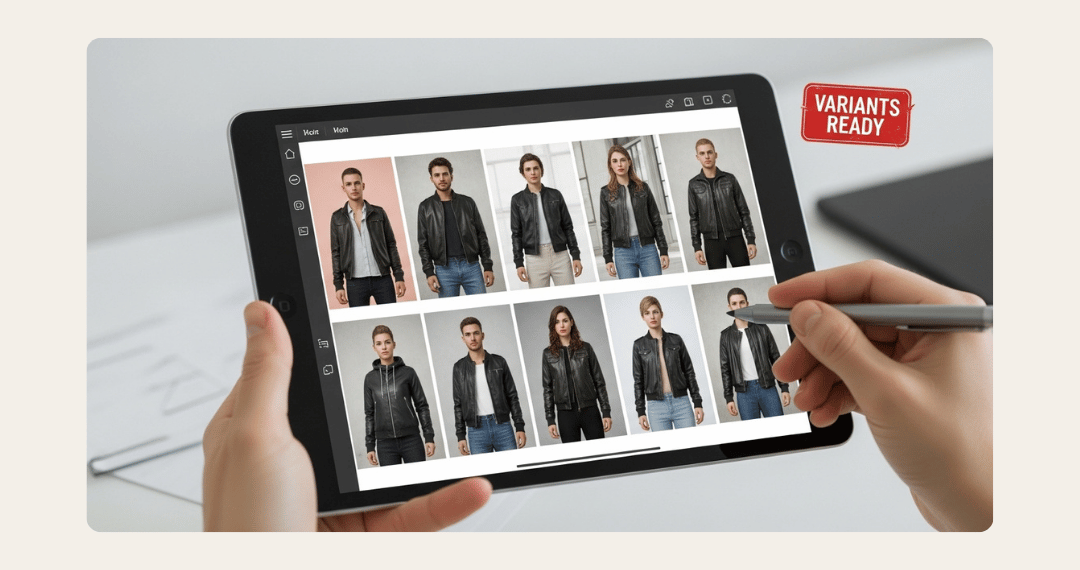
Conclusion: Optimise at the Pace of Culture
Fashion’s visual race has no finish line. Generative AI gives your team the horsepower to keep pace, turning fifty-variant tests before lunch into routine practice. Production drag disappears, exploration widens, and data guides every pixel live by sundown. If your A/B tests still ship on Fridays, invite AI into your workflow and watch optimization shift from occasional to continuous.
